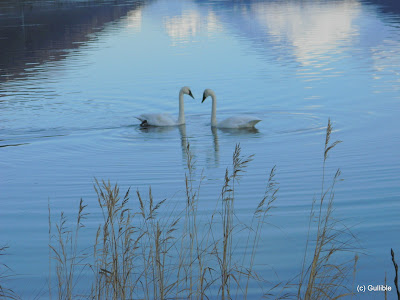 Behold the wonderful Kindle. It takes up no room on my already over-crowded book shelves. A simple little package in which I have more than 125 full length books, and a dozen or so that I've archived with Amazon.
Behold the wonderful Kindle. It takes up no room on my already over-crowded book shelves. A simple little package in which I have more than 125 full length books, and a dozen or so that I've archived with Amazon.Plus two word games that I play in hopes of keeping dementia at bay.
 I bought my Kindle a couple years ago, lured by the promise of new best sellers for $9.99, substantially less than the hardcover version. And not using half my baggage weight allowance on books? Priceless! In addition, a number of classics were free. And then there was the stuffed-to-the-max book shelf thing.
I bought my Kindle a couple years ago, lured by the promise of new best sellers for $9.99, substantially less than the hardcover version. And not using half my baggage weight allowance on books? Priceless! In addition, a number of classics were free. And then there was the stuffed-to-the-max book shelf thing.For a year I was thrilled, even if I had to turn it off when the airplane was taking off and landing. That’s why I stick my nose in a book—so I am not aware of taking off and landing.
Then early this year Amazon started listing Kindle books for $14.99. A five dollar increase. In some cases, the Kindle e-version of a book cost more than a hardcover book.
 |
| Kindle book $14.99, hardcover book $14.72. What's that all about? |
That really ticked off the Kindle crowd and Amazon heard about it big time.
Think of it: An e-book is essentially a word document that is sent to your Kindle. There's some formatting, but a whole book can be formatted with the click of a few buttons. No fancy full cover dust jacket necessary, either.
No internet connection necessary. Right here in Muskeg Manor I can have a new book on my Kindle in a couple minutes. Now that is magic. No printing costs, no shipping costs, just a click of the button and Amazon sends it to me wirelessly.
 |
| An e-book at the same price as a paperback? Check the used paperback price. |
So what’s with Kindle books priced higher than the hardcover version? The versions that use paper, ink, designers, presses, delivery trucks, book shelf stockers, cashiers, etc?
Readers can review books on Amazon, awarding any book up to five stars. Suddenly, Kindle crowd reviewers of best-selling authors struck back, getting mighty stingy with their stars. So, an author like book-a-week James Patterson or John Grisham were only getting two or three stars in the reviews, and almost always because of the Kindle price.
| Ta ta. |
Amazon blamed it on the publishers. Readers wouldn’t buy that, referring to Amazon’s weight in the book-selling business. I think it's greed on the part of the publishers, wanting a bigger bite of the burgeoning e-book market.
Kindle books dropped to $12.99 for a while for some authors. They remain at $14.99 for most. But $12.99 is still three bucks more than $9.99. Was the slight drop from $14.99 meant to assuage us? Sounds like the Netflix kerfuffle to me.
And it isn’t any better at iBooks for iPad, either. They're charging $14.99, too.
And it isn’t any better at iBooks for iPad, either. They're charging $14.99, too.
 |
| This is what gets the Kindle users: Kindle book $12.99, paperback $9.99. |
What it boils down to is $12.99 is the new $14.99 is the new $9.99.
My purchases are much more selective and much less frequent. I generally wait until the paperback is issued and the Kindle price drops. Or I order used books.
 |
| Kindle book $12.99, new and used hardcovers from $3.25. |
What I really want to know is whether the AUTHOR gets more money for the pricier e-book.
Oh, shoot. I know how to find out. I'll write my friend Sue Grafton and ask her. I mean, we're practically pals, She sends me post cards and Christmas cards. Even sent me a tea bag once to enjoy a cup while reading her latest Kinsey Millhone novel.










































